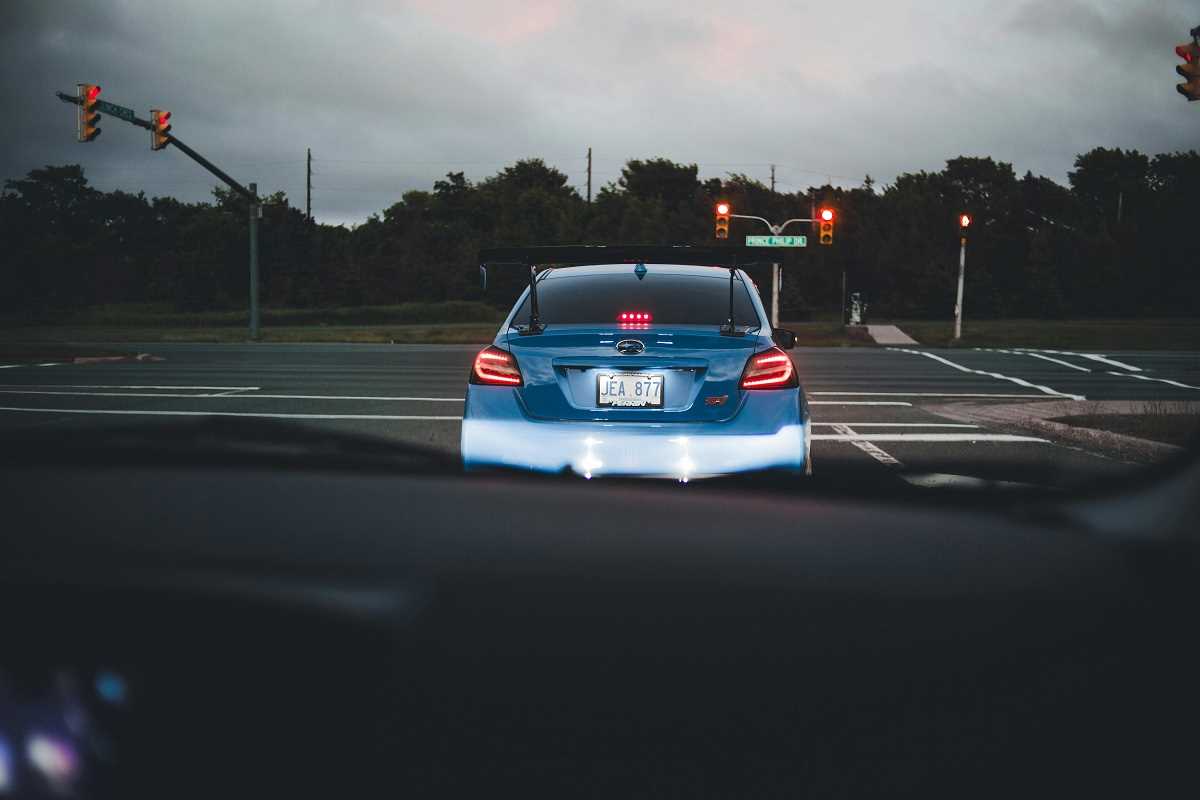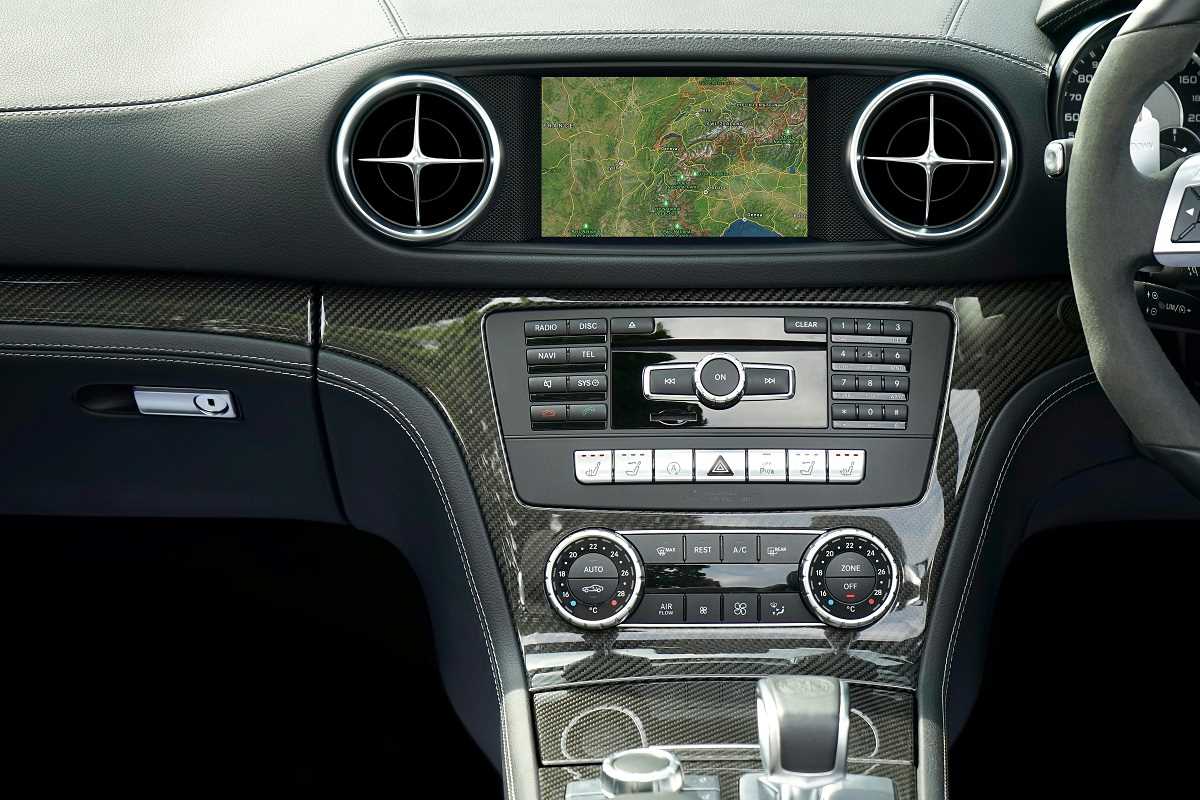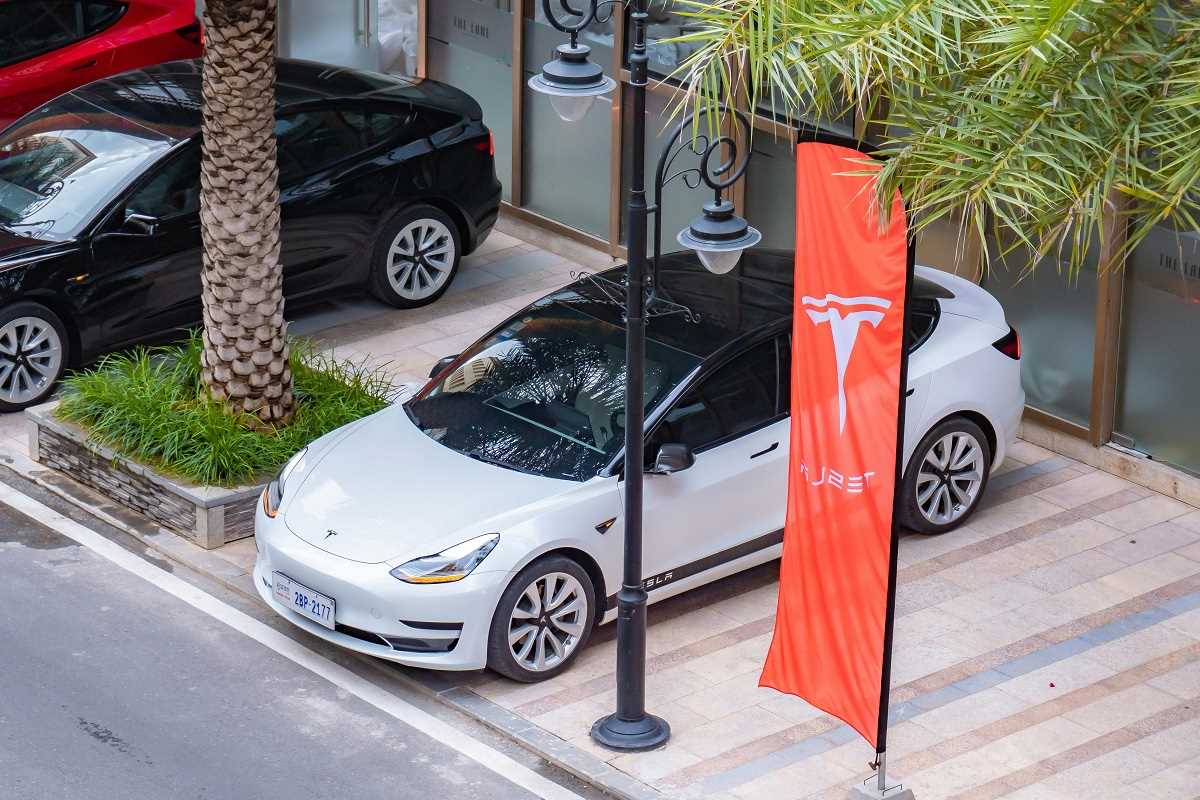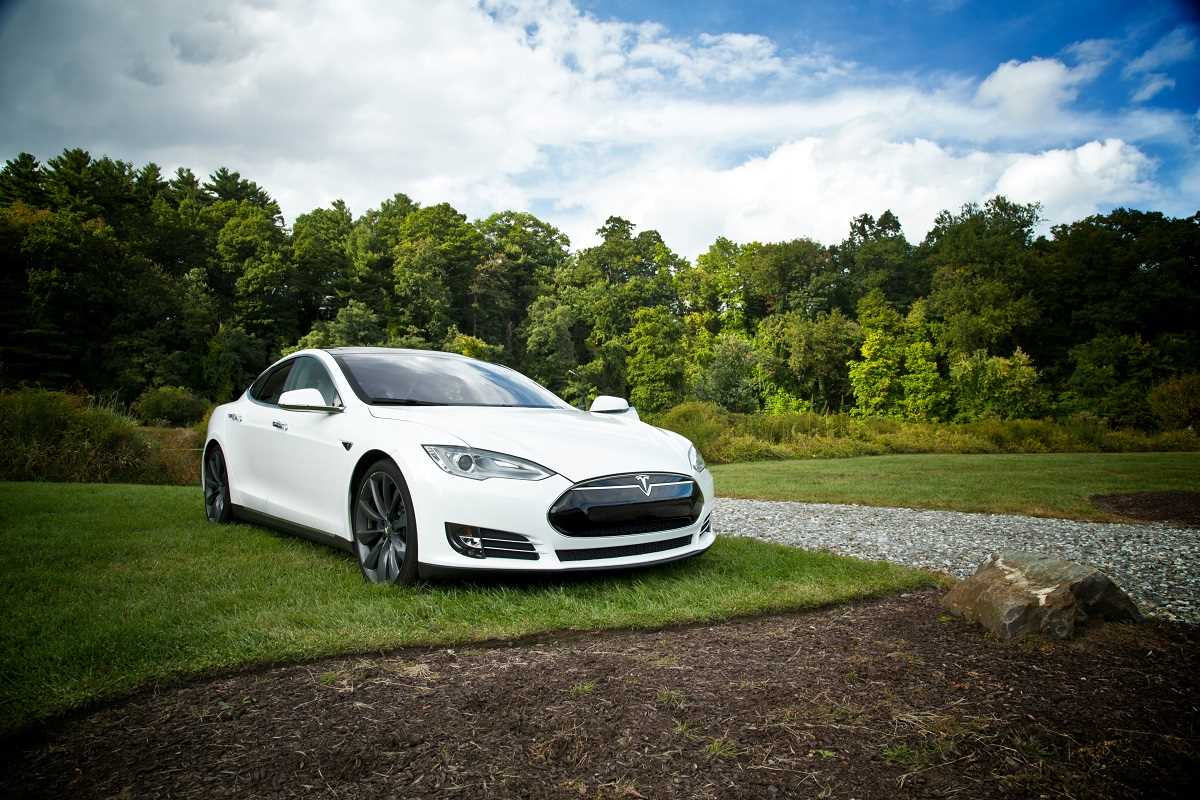Concept cars are the auto industry's playground for innovation and imagination. From futuristic designs to groundbreaking technology, they showcase what could be possible… someday. Yet, many of these head-turning machines never leave the auto-show floor. Why? Some are too ambitious, others too costly to produce, and a few are created purely to spark conversation.
Here are some of the most unforgettable concept cars that captured imaginations but never rolled into production.
1. Ford GT90 (1995)
Billed as "the world’s mightiest supercar," the Ford GT90 was nothing short of a beast. Its unmistakable geometric design and quad-turbocharged V12 engine producing 720 horsepower promised a driving experience like no other. The GT90 was Ford’s vision for the next generation of supercars, but it remained a showpiece. Why? Its radical design and sky-high production costs would’ve put this car well out of reach for most buyers. It was a car ahead of its time, and perhaps, that was its downfall.
Why We Loved It:
- Bold Aesthetics: Its triangular, almost sci-fi-inspired design redefined ‘futuristic.’
- Insane Power: The V12 engine wasn’t playing around.
2. Chrysler Turbine Car (1963)
Designed with an aircraft-inspired gas-turbine engine, this sleek vehicle was more "Jetsons" than family sedan. Chrysler produced about 50 Turbine Cars to test with real consumers, but it never went to mass production. Despite its smooth operation and immunity to conventional fuel types (it could run on diesel, kerosene, or even tequila!), the challenges of manufacturing such an engine for millions of users were insurmountable.
Why We Loved It:
- Fuel Flexibility: Running your car on tequila? Talk about happy hour efficiency.
- Ahead of Its Time: It promised a quieter, smoother drive decades before electric vehicles emerged.
3. BMW GINA Light Visionary Model (2008)
The BMW GINA was less a car and more a moving sculpture. Featuring a flexible fabric skin stretched over a metal frame, GINA allowed for dynamic shape-shifting. The vehicle could literally change its contours and lines to suit specific needs, blending art and engineering. Unfortunately, this James Bond-worthy innovation never materialized beyond shows due to its unconventional materials and production barriers.
Why We Loved It:
- A Shape-Shifting Exterior: The ability to change the car’s design with the touch of a button was nothing short of magic.
- Peek Into the Future: Showed us how cars could merge function and personality.
4. Cadillac Sixteen (2003)
A rolling ode to excess, the Cadillac Sixteen was a luxury sedan powered by a jaw-dropping 16-cylinder engine that delivered 1,000 horsepower. This car wasn’t just about speed; it was meant to be the pinnacle of opulence with its all-glass roof and leather-lined interior. Alas, its massive engine and impracticality in an era of increasing environmental awareness kept it from hitting dealerships.
Why We Loved It:
- Opulence Defined: Hand-crafted details and unparalleled luxury.
- Performance: A 16-cylinder engine was unheard of for a luxury car.
5. Renault Trezor (2016)
The Renault Trezor looked like it came straight out of a science fiction blockbuster. Its carbon-fiber body, low-slung silhouette, and canopy-style door system made it the most futuristic car of the decade. Renault envisioned it as an all-electric grand tourer, showcasing the brand’s commitment to sustainable luxury. However, its wild design made it better suited for magazine covers than city streets.
Why We Loved It:
- Jaw-Dropping Design: Somewhere between an alien spacecraft and a luxury sports car.
- Electric Dream: Embodied the promise of luxury meeting sustainability.
6. Buick Y-Job (1938)
Widely credited as the world’s first concept car, the Buick Y-Job was Harley Earl’s masterpiece. With its hidden headlights, flowing curves, and low stance, it represented a dramatic shift in car design. While it directly influenced the direction of future Buicks, the Y-Job itself was never meant for customers. Instead, it became a tool to preview technological advancements in car design.
Why We Loved It:
- The Pioneer: It set the foundation for all concept cars that followed.
- Timeless Beauty: Despite its age, it still turns heads.
Concept Cars: The Dream Machines That Inspire
While concept cars might never see a driveway or a parking lot, their impact is undeniable. They push boundaries, inspire innovation, and challenge what’s possible. More importantly, they give us glimpses of the future.
Even if these rides never made it to the streets, they live on in our imaginations—and in the designs of the cars we drive today.
Which of these would you want in your garage? Or did we miss your favorite concept car? Drop a comment and share your thoughts!
 (Image source: Midjourney)
(Image source: Midjourney) 





